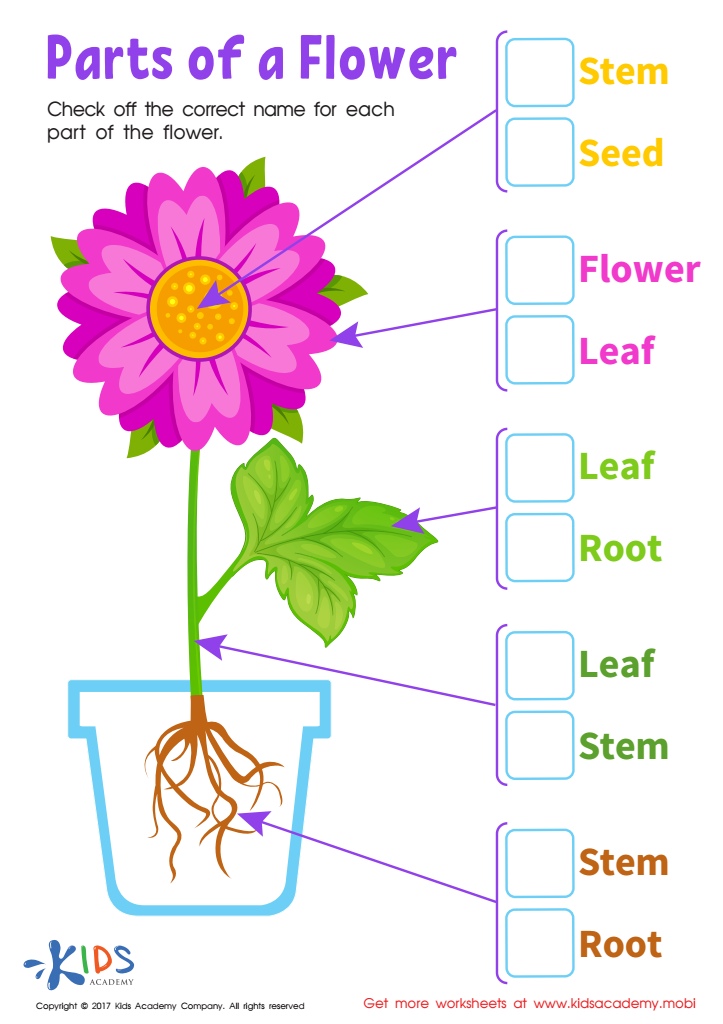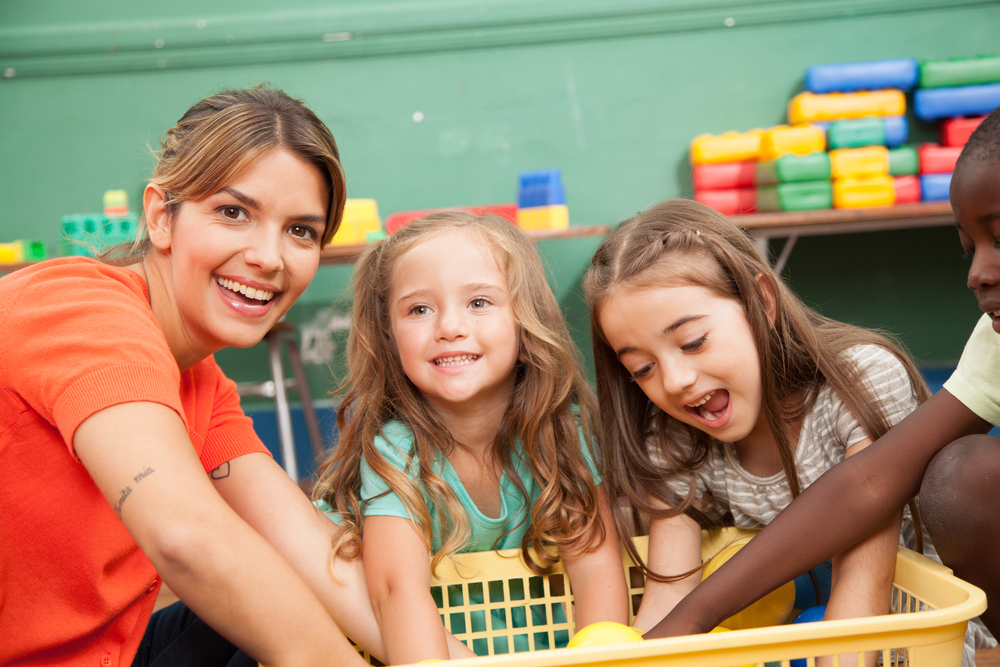Learning plant reproduction Worksheets for Kids
1 filtered results
-
From - To


Parts Flower Printable
Question/Answer
What does the Learning plant reproduction skill mean when it comes to Grade 1 Life Science learning?
The Learning plant reproduction skill in Grade 1 Life Science involves introducing students to the basic concept that plants can produce offspring. At this level, emphasis is placed on understanding that plants grow from seeds and can create new seeds, enabling new plants to grow, thus continuing the cycle of life.
How to train the Learning plant reproduction skill in Grade 1 students learning about Life Science?
To train Grade 1 students in learning plant reproduction, engage them with hands-on activities like planting seeds, observing plant growth stages, and discussing the role of flowers and fruits in producing new plants. Use simple, visual aids like diagrams and real-life examples to explain concepts, ensuring the learning process is interactive and relatable to their everyday experiences.
What are some effective activities to train students’ Learning plant reproduction skill when teaching them about Life Science?
Effective activities to train students in plant reproduction include hands-on experiments such as growing plants from seeds or cuttings, dissecting flowers to identify reproductive parts, creating pollination models or simulations, and conducting cross-pollination experiments. Utilizing interactive online simulations and virtual labs can also enhance understanding. These activities promote active learning, observation skills, and understanding of theoretical concepts through practical application.

 Assign to the classroom
Assign to the classroom












